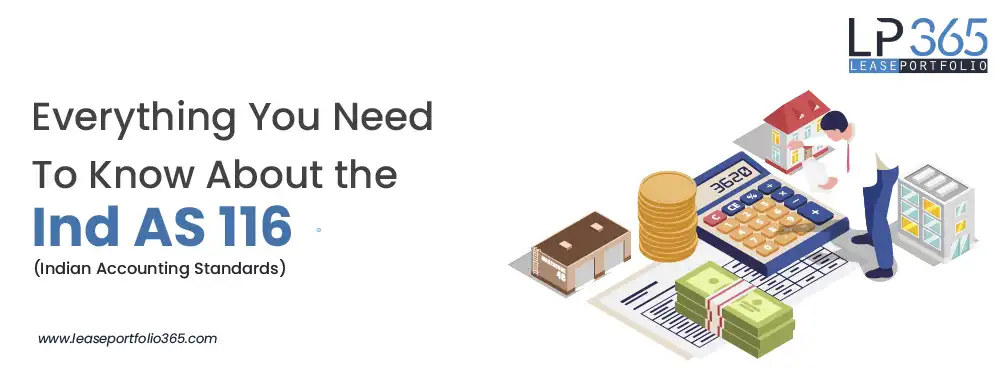Book a Free Demo

July 07, 2022

The Ministry of Corporate Affairs - MCA states,"The Indian Accounting Standards (Ind AS), as notified under section 133 of the Companies Act 2013,have been formulated keeping the Indian economic & legal environment in view and with a view to converging with IFRS Standards , as issued by and copyright of which is held by the IFRS Foundation." The Standardised policies and regulations set under the AS for the Indian companies guarantee similar accounting procedures across the nation. The purpose of the Indian Accounting Standards is to govern the accounting of financial transactions in India. The norms established under the IND AS ensure transparency, reliability, and the honesty of financial transactions. These norms apply to every aspect of the entities' financial reports, containing assets, liabilities, revenue, and expenses. Indian accounting standards also converge with the IFRS-International Finance Reporting Standards, enabling global recognition of financial statements. These standards also facilitate the cross-border flow of money, which Benefits the stakeholders to operate efficiently worldwide. Many accounting standards like Ind AS 1, Ind AS 2, Ind AS 116, Ind AS 17, and so forth, introduced by the Central Government of India, majorly protect the financial boundaries across the country.
The IND AS 116 standard came into effect in April in the year, 2019. This accounting standard is specifically for leases. In this standard, the lessee accounting process had changed from the previous standards while the lessor accounting process remained the same. Lessee refers to the person paying rent to the property, whereas the lessor is the asset owner. IND AS 116 has many procedures for both listed and unlisted companies to comply with the Accounting Standards.
To ensure that the stakeholders provide relevant and genuine information regarding the lease and the transactions involved.
The Ministry of Corporate Affairs defines a lease as a contract that enables one person to use an asset owned by another person for a stipulated period in exchange for some consideration.
The recognized exemptions are the leases that do not require the application of this particular accounting standard. In other words, these leases need not adhere to the conditions beneath the IND AS 116. The Ministry of Corporate affairs deemed the Short-term leases and low-value assets containing leases to be the 'recognised exemptions' under this accounting standard. The short term refers to a period below 12 months. The finance related to these leases is considered an expense and included on other systematic grounds. The assets under the recognition exemptions are included on other grounds that benefit the stakeholders.
The requirements and procedures released under the IND AS 116 proposed substantial changes to the Lessee accounting, whereas the lessor accounting process more or less remained the same. Previously, the lessee accounting had to distinguish between the operating and finance leases. Financial leases are needed to be recorded in a balance sheet, whereas operating leases don't need recording. In IND AS 116 system, the lessee needs to recognize the cost to the Right of Use Assets and the corresponding lease liability in the balance sheet. The levy to the Right of Use assets includes the value of lease liability, incentives received for the lease, and the finances related to the management of assets. The lease liability measured on the commencement date is the payments involved during the lease term that are yet to be made. The MCA has provided norms to calculate the 'cost of Right of Use Asset' under this accounting standard. After measuring the costs involved accordingly, they disclose them in notes with the balance sheet, statement of profit and loss, and statement of cash flows.
Under the 116 accounting standard, the property owners classify the leases as either operating or finance leases.
If any lease transfers the risks, rewards, and ownership at the end of the lease period, it is a finance lease. A finance lease is where the lease period takes up most of the property's life. Also, if the lease payments made subsequently add up to the market rate of the property, such leases are again financed leases. In addition, if the lessee has the option to buy the property at a price less than the fair value, it is also a finance lease. Furthermore, if the lessee compensates for cancelling the lease and bears the cost related to cancellation, it comes under a finance lease.
The lessor calculates the net investment for the assets in its balance sheet. For calculating the same, the lessor shall use the interest rate implicit that already includes the initial direct costs. The interest rate implicit, in other words, is the interest rate set by the user in lease agreements. Moreover, the fixed payments, variable lease payments, the asset's price if the lessee opts to buy the property, and the penalties associated with cancellation should also be incorporated while calculating the net value.
Conversely, if any lease doesn't transfer the risks, rewards, and ownership at the end of the lease period, it is an operating lease. The costs incurred related to the leases can be considered an expense. Other standardised systems are applied to these leases to benefit the lessor.
Both the operating and finance leases are presented in a balance sheet accordingly. The net investment value, selling profit or loss, and lease income are to be disclosed in notes with the balance sheet, profit-loss statements, and cash flow statements. Further, the lessor shall explain the significant changes made to lease terms. The lessor should also disclose the amount he receives for the asset annually. It applies to operating leases as well as finance leases.
Hence, the lessor will have to undergo the measurement, presentation, and disclosure processes while applying for the IND AS 116. The Ministry of Corporate Affairs equips a comprehensive guide to each procedure listed above.
The lease portfolio 365 is a cloud-based lease management software. It helps with lease portfolio administration by providing features that benefit the asset owners. By locating the property using geocoding, abstracting the data required, and analyzing the same with AI tools, LP365 offers fruitful support in property administration. In addition, they also provide free demos and options to customize the software based on users' needs.